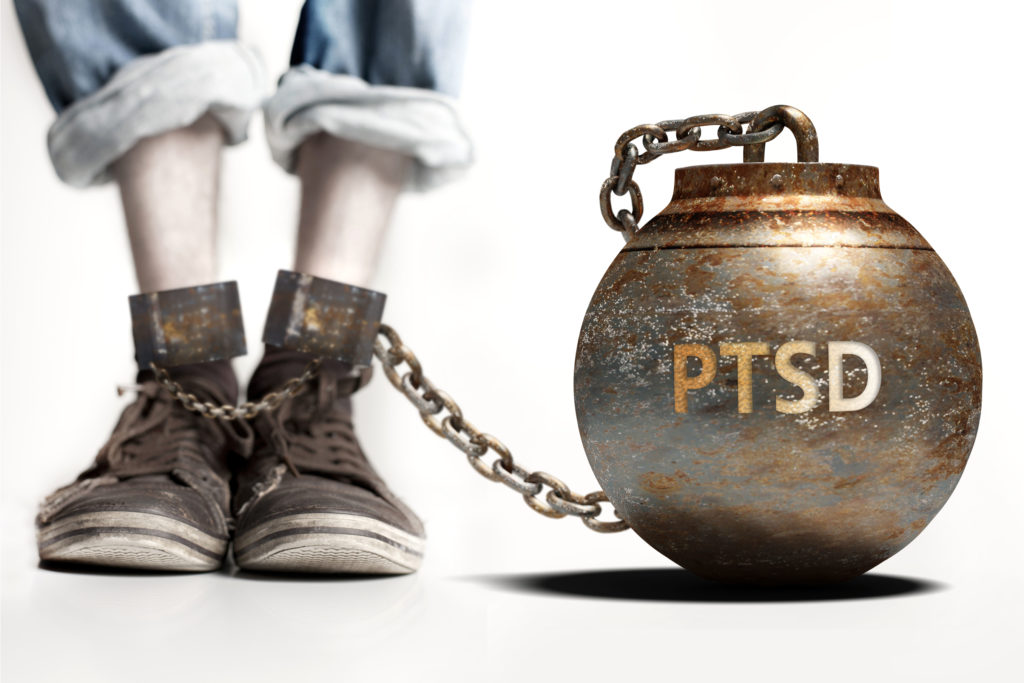Post-traumatic stress disorder is one of the elusive conditions to treat. However, researchers are increasingly digging into this matter to try and find new and better treatments.
What is PTSD?

PTSD is a mental disorder that develops in response to being exposed to extreme stress, acute injury, and/or sexual trauma. The symptoms of PTSD come as an assortment of psychiatric conditions, which include severe anxiety, hyper-vigilance, nightmares, and insomnia, and over-reactivity being the most pronounced.
Additionally, PTSD is commonly characterized by intrusive symptoms that include frequent flashbacks, avoidance of reminders, nightmares, and extended negative thinking. These symptoms are often accompanied by anxiety, depression, and in extreme instances, one can have suicidal thoughts.
Why it matters
It is estimated that PTSD affects 7 or 8 people out of every 100. On top of that, the World Health Organization reported that 1 out of every five people who have been exposed in a conflict setting face mental disorders.
Most people who are exposed to a conflict setting are emergency personnel and military service members. However, they are not the only people as PTSD affects anyone who has gone through a chronic or distressing event trauma. This is what is recognized as “a real source of impairment.”
When we go by the numbers released by WHO from 129 studies, we find that…
- 22% of people living in conflict areas suffer from PTSD
- 9% of the population has moderate to severe disorders while 13% of the population has a mild form of the disorder
What is the treatment?

Research results on the treatment of PTSD have been impressive. This is a great achievement as the toll from PTSD keeps on growing. As a matter of fact, VA reported that about 20 veterans commit suicide a day as a result of PTSD.
Incumbent treatments on PTSD have shown a 40% success rate. That prompted the research of new methods of treatments. After years of research, a new procedure was found called Stellate Ganglion Block, or SGB. This new procedure has been a game-changer as its success rate has averaged 70-75% over the first nine years of use.
The procedure was commonly used for treating chronic pain. It consists of injecting a local anesthetic into a cluster of nerves deep in the neck called the stellate ganglion.
Doctors reported that the effects of SGB procedure could last up to six months, and for some even longer. SGB might not be the cure to PTSD, but for many PTSD patients, it has proved to be effective.
Final Thoughts
Could a simple shot be a breakthrough for PTSD? Yes, it can be a breakthrough after more research is carried out. The little research and testimonies we have currently have shown how significant the new procedure is to PTSD patients.
The procedure is proving to be effective, fast-acting, and an inexpensive biological technique, which provides prolonged relief from the symptoms of PTSD. Currently, the procedure is commonly used by military service members, especially the veterans. Hopefully, it will be rolled out to victims of crime, first responders, and victims of sexual assault.
